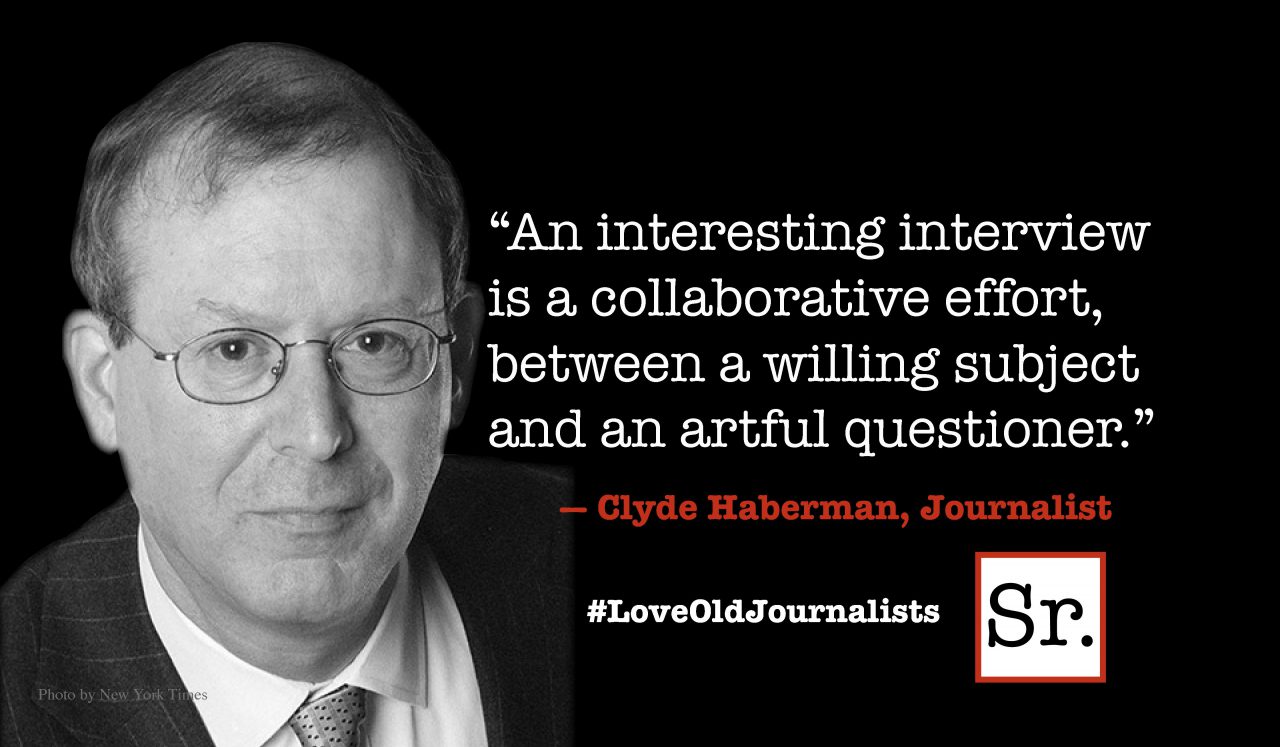This idea began as I lay listening to some tracks from the Naturescapes collection. I have often used classical music as a score for films I visualize when trying to sneak past consciousness into sleep. These make-believe films tend to be nature documentaries, birds taking flight with the violins, elk raise their majestic antlers in time with brass, thunderheads appear with a roll of tympani. You get the idea. But on this particular evening, as I listened to the sounds of rain and wind, surf and thunder, occasional counterpoints of bird calls and crickets, I found myself on another path.
I wondered, and wandered, with the wind and the raindrop — steering their path, hopping neatly from one to the other. Dancing on the back of thunder. It took more concentration than was conducive to sneaking off to sleep, so I let go of the notion. Or at least I tried to, but instead I found myself grabbing my iPad as I began to struggle with these thoughts on transcendence — a process which has now driven sleep completely off the radar. Anyhow, here goes.
It occurs to me that transcendence is not really transcendence — it is convergence. We can miss this realization as we control our breathing and seek to be transported to "somewhere else" by the quavering note of the native flute, twinkling chimes, a gentle piano glissando. But transcendence does not act upon the "where" of existence, rather we transcend the "how" of existence, the experience, and that transcendence in turn renders the "where" unimportant. What I mean is that which is "transcended" in a transcendent moment are perceptual barriers.
Rather than sensing existence in a specific way, we merge with "that which is sensed," experiencing "existence from that entity’s perspective." We ride the raindrop, crest with wave and wind. But here too words do not quite suffice, as they imply a duality where none exists. Rather our consciousness magically merges with that which we formerly merely observed. We no longer need to understand the entity or phenomenon, because we become the entity or phenomenon. I know how "new age" that sounds, but it is probably quite old school.
In this way great art, science, philosophy are "reports" from these magical moments of transcendent convergence. Beethoven's Ode to Joy, Michaelangelo's David, Einstein's, e=mc2, Hawking's observations on the nature of black holes and the universe, Asher Brown Durant's The Catskills — create your own list of examples of perfection: all are reports from magical moments of transcendent convergence. These "reporters" use the palette of their particular genius to report the perceptual insights gleaned from their moments of magical transcendent convergence.
They can write, paint, score, these works of art and science not because they imagined them, but because one, or a series of, moments of magical transcendent convergence allowed them, by escaping the barriers of normal perception and experience, to actually become one with those phenomena, experiences they later transcribed or “recreated” for us.
This assertion fits with an earlier Distilled Harmony notion that an artwork shares an essential/elemental chord with that which the work depicts, and with the artist who creates the work. Such agreement is imperative in these explorations of existence and the universe.
Distilled Harmony is a conjectural explanation/exploration of the nature of existence. Since it deals with the purported impact of the interaction of strings, it must build along lines of conjecture, not direct observation, since its objects of concern — strings — are, by many orders of magnitude, too small to be observed. Furthermore, as I do not bring the palettes of math or physics to this exploration, I find myself immersed in the consideration of, and perhaps constrained by, a conjectural world that shares, at first blush, more with art and poetry and music than with the hard sciences. I do not see that as detrimental.
The hard sciences themselves have a rich history of being driven by hypotheses deeply informed by the poetic. What could be more poetic than Einstein's exhortation to imagine yourself riding on a beam of light? Magical transcendent convergence simply nudges the notion a bit: imagine you are the beam of light.
Given our current inability to measure the interactions of strings, the sole constrictions on Distilled Harmony are a simple rule against self-contradiction, and for the description of universal, sentient Harmony. The idea of magical transcendent convergence passes both those tests and hence seems worthy of further consideration.









